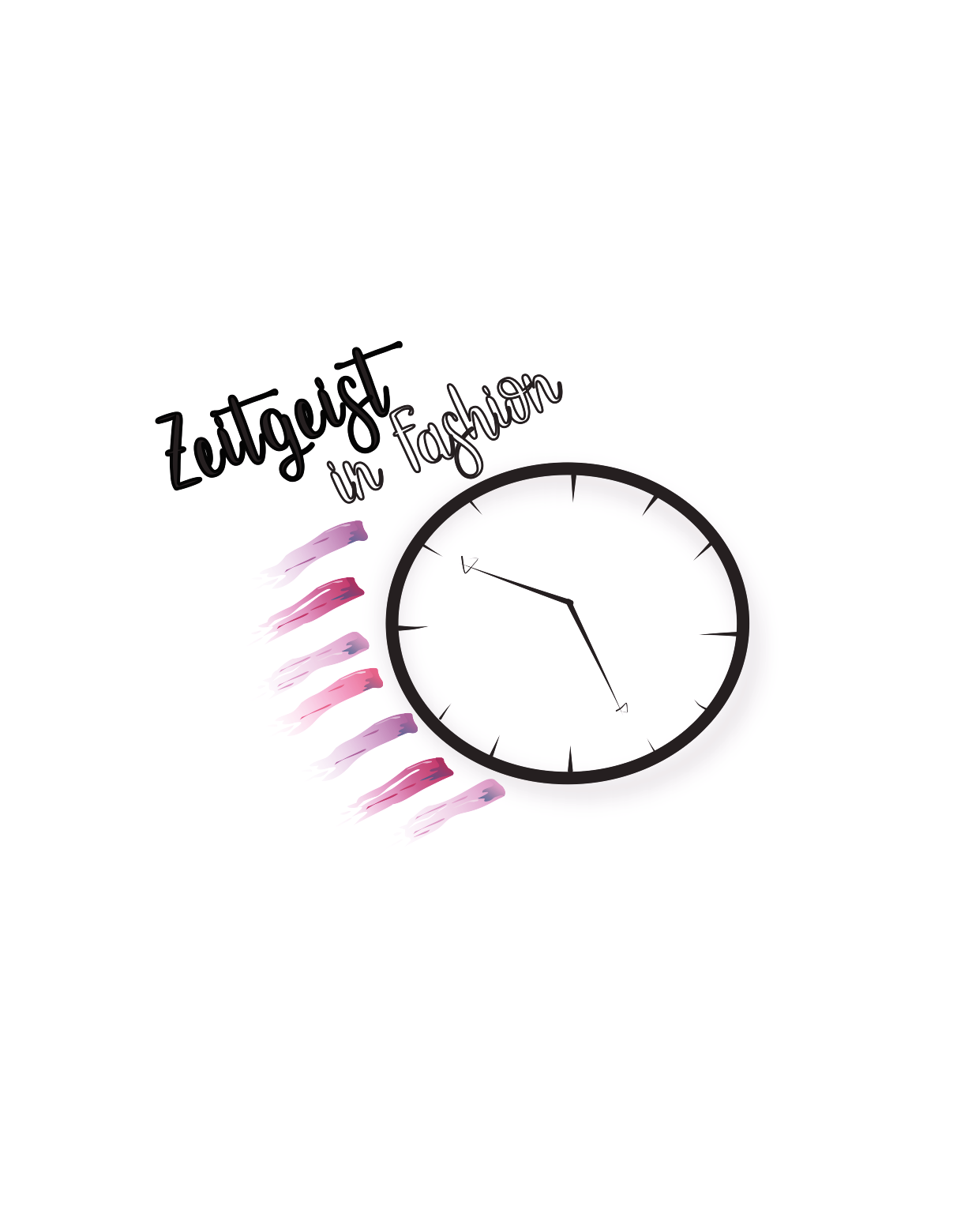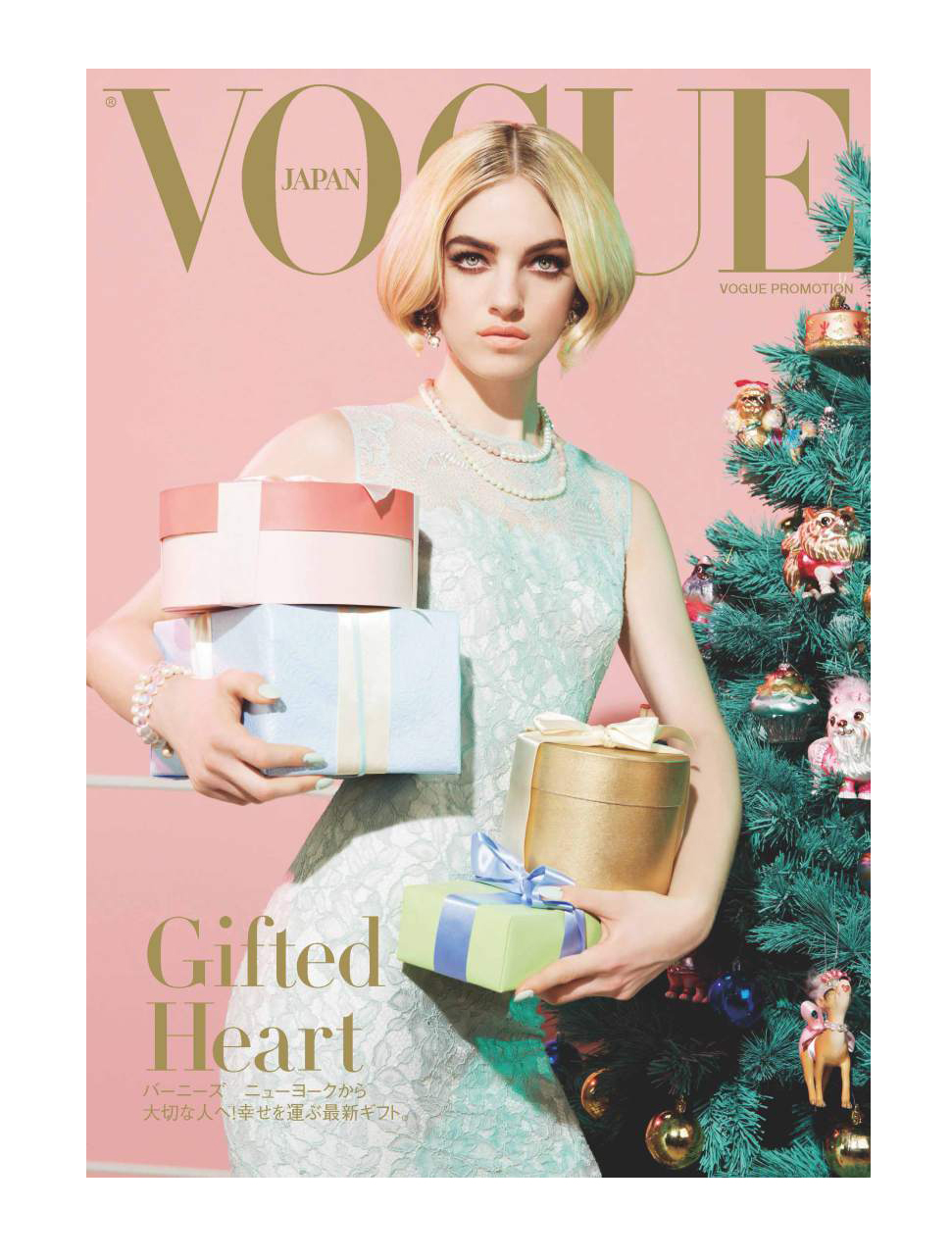“Fashion is everything. Art, music, furniture design, graphic design, hair, makeup, architecture, the way cars look – all those things go together to make a moment in time…” – Tom Ford.
The fashion and automotive sectors’ creative synchronicity goes way back to the start of the 20th century. The invention of the first car inspiring our modern-day handbag is a key point, as it was first intended to be an accessory to store driving gloves and then was transformed into a portable sac-a-main. Cars have been a muse for fashion designers all throughout history, from Dior’s S/S01 vintage car prints, Prada’s S/S12 candy-infused, cartoon car collection and Céline’s auto-inspirations in A/W11. Gucci’s Cadillac Seville, introduced in 1979, was a special edition car featuring the trademark red and green bands and the brand’s logo on the wheels, roof, and trunk lid.
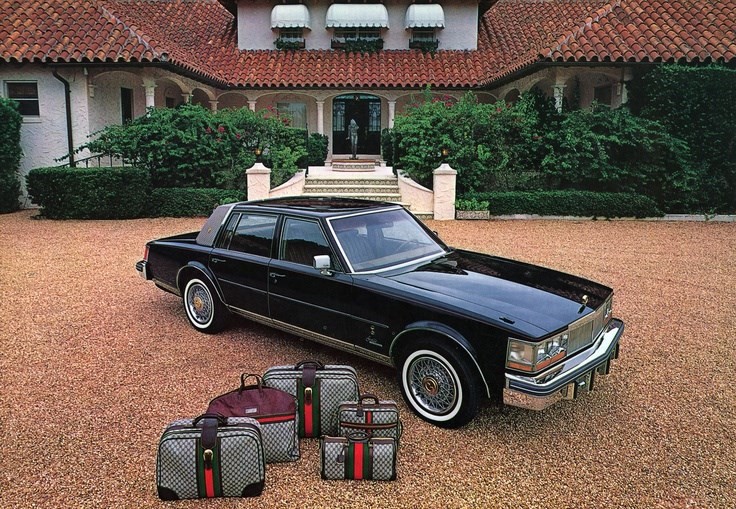
The inspiration also flows the other way round, for example with Mercedes-Benz regularly sponsoring fashion week in places like London and Istanbul, and luxury car brands like Porsche claiming themselves a spot in fashion with their dedicated line of apparel and accessories such as Porsche Design.
Indeed, nowadays there is a significant increase of manufacturers launching such collections, and actively engaging with the world of fashion. One of the reasons for this was the projected flattening of car sales in 2017, stemming from the increased taxes in the Chinese market, one of the main drivers of the demand for luxury cars. Although the sale of these branded collections don’t necessarily effect the carmakers’ profits, they do help to capitalise on the booming demand for luxury goods.
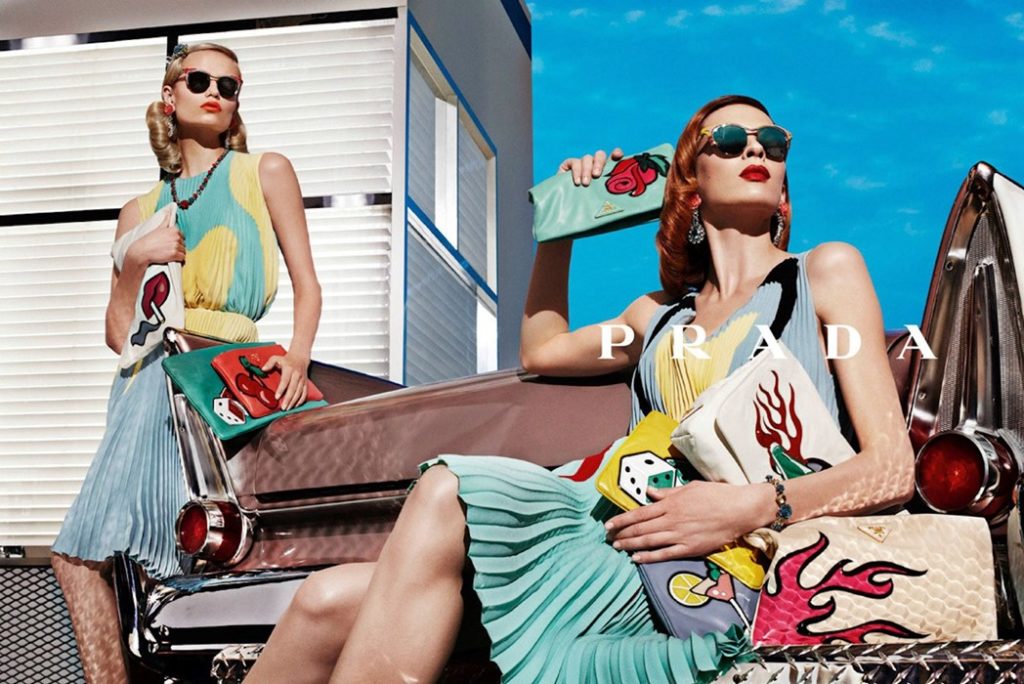
These extensions to luxury automakers’ brands help maintain the customer loyalty, and also capture aspirational purchasers before they can afford the cars themselves. As Ferrari spokesperson Stephano Lai said, “Often, the main product has a very limited customer base – those who can actually buy a Ferrari – but there are also millions who still love the product, the history, the sport and want to buy into it.”
This can however lead to an impression of increased accessibility to these brands, so in order to maintain the sense of exclusivity most luxury cars inherently have, automakers tend to keep prices high and retailers limited. Porsche’s designer clothing line sells, online and in stores, women’s jeans for $300 and a men’s leather jacket for $2,800.
But the question still remains: why would a customer prefer to but clothing made by a luxury car manufacturer rather than a luxury tailor? “They acknowledge our design expertise and trust us to produce beautiful clothing at the same level,” says Marek Reichman, Aston Martin Lagonda’s design director.
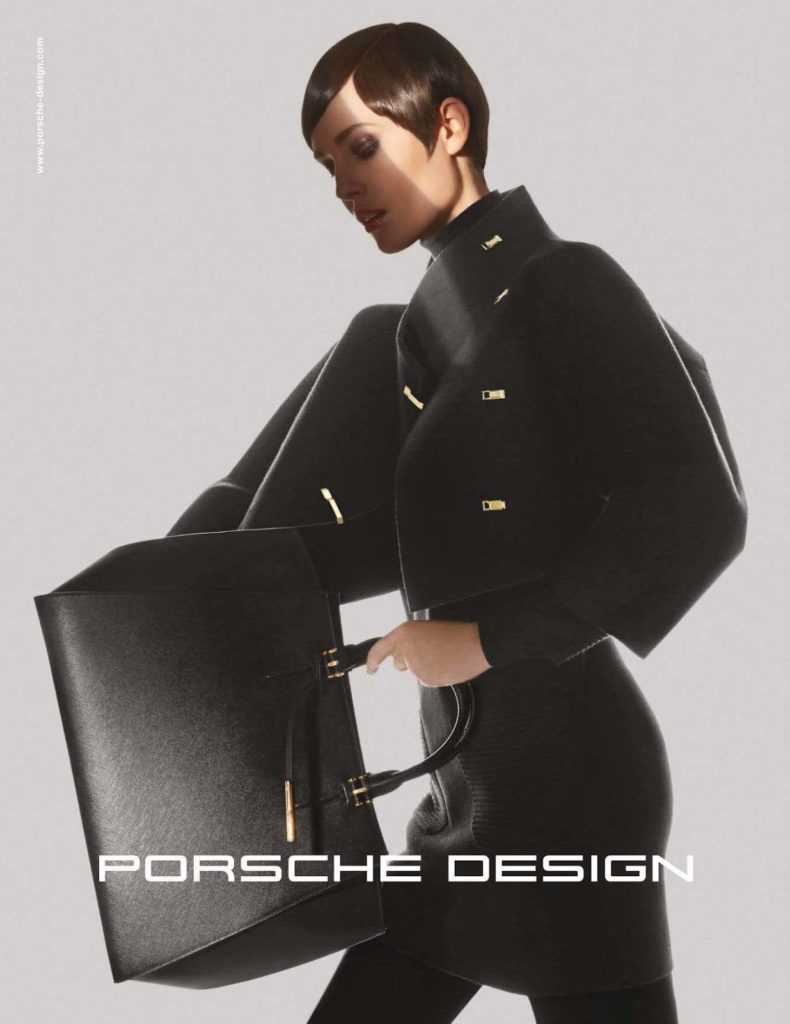
There are also many collaborations between fashion brands and automotive manufacturers in general. For example, Nissan India partnered up with Benetton in 2017 to create the “Nissan Micra Fashion Edition.”. The goal was to introduce some Italian design to the Indian market. The limited edition car was meant to be a new fashion statement, with colour blocking accents in the interior design recalling the typical United Colors of Benetton look.
Also in 2017, sneaker store Asphaltgold and German car brand Smart collaborated on a Smart Fortwo model, which came with a limited edition of the “Nike Air Max 1 Ultra Flyknit iD by Asphaltgold”, only purchasable in set with the car. Their reason to collaborated lies in the identities of the brands, both claiming to share an authentic, exclusive appearance in the metropolis, a love for street culture, and the urban lifestyle.
Brand values are usually a key point in creating collaborations between car manufacturers and clothing brands, such as was the case for the Barbour and Land Rover partnership, first launched in 2014. With the importance they both placed on functionality, they shared a common ground. “We aren’t a fashion brand, so it isn’t a fashion brand in collaboration with a car company. It’s an outdoor clothing brand collaboration with a vehicle that is thought for the outdoors, for the countryside,” says Helen Barbour, Barbour vice chairman; and this distinguished this partnership from many others.
Coming from such a deep history, the continuous increase in collaborations and cross-inspiration definitely doesn’t strike as a surprise. As long as design and the affinity for status symbols exist, the relationship between these two seemingly different yet intertwined sectors will surely endure.
by Selin Hatunoglu



